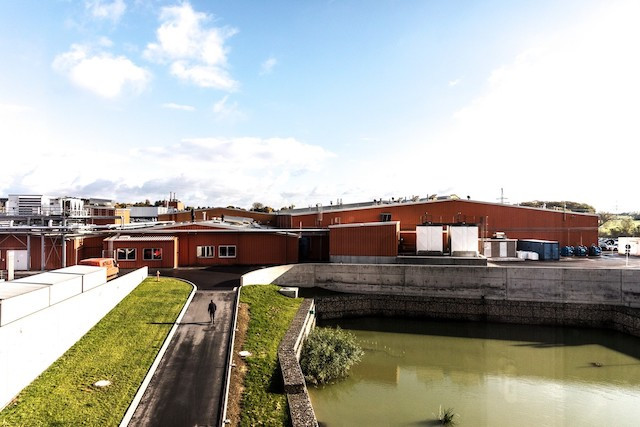Plansee Group held a 50% stake in the Luxembourg-headquartered Ceratizit after the merger between Plansee Tizit and Ceremetal in 2002.
“This will be the largest transaction in the company's history,” Karlheinz Wex, spokesman of the Plansee Group executive board, said in a statement. “The parties agreed to keep the extent of the acquired interest and financial details confidential.”
The news of the takeover comes shortly after Luxembourg industrial company Paul Wurth confirmed talks were ongoing with German shareholder SMS Group to take full ownership.
Labour union LCGB called the announcement “sudden and surprising,” saying it had requested an emergency meeting with management to discuss the reasons for the share sale.
“In a difficult economic context, the LCGB is committed to ensuring that this decision will not have negative consequences on jobs in Luxembourg,” the union said.
It also said it was worried about the future of Luxembourg industry in light of two companies with strong ties to the country passing into foreign ownership.
Since 2002, Ceratizit has trippled sales and has become one of the leading companies in hard metals. With its Plansee High Performance Materials, Ceratizit and Global Tungsten & Powders, as well as shared in Molymet, Plansee Group is a world leader in powder metallurgy.
"Our objective is to create a fully integrated corporate group for the production and processing of molybdenum and tungsten materials," the group’s spokesman said.
Plansee holds options to acquire the remaining stake in Ceratizit in the coming years, the company said further. The transaction is subject to anti-trust approval.
The group employs more than 13,700 people. With a catalogue of more than 75,000 products it achieved sales worth €2.9bn in the 2019-2020 fiscal year across its portfolio.
The Luxembourg side of the business was born in 1931 when Nicolas Lanners founded the Luuchtefabrik in Bereldange, producing tungsten filaments for lamps. The company became Cerametal in 1949, moving to Mamer in 1971.
In 1998 it opened a first production site in China, merging with Plansee Tizit in 2002 to become Ceratizit.
